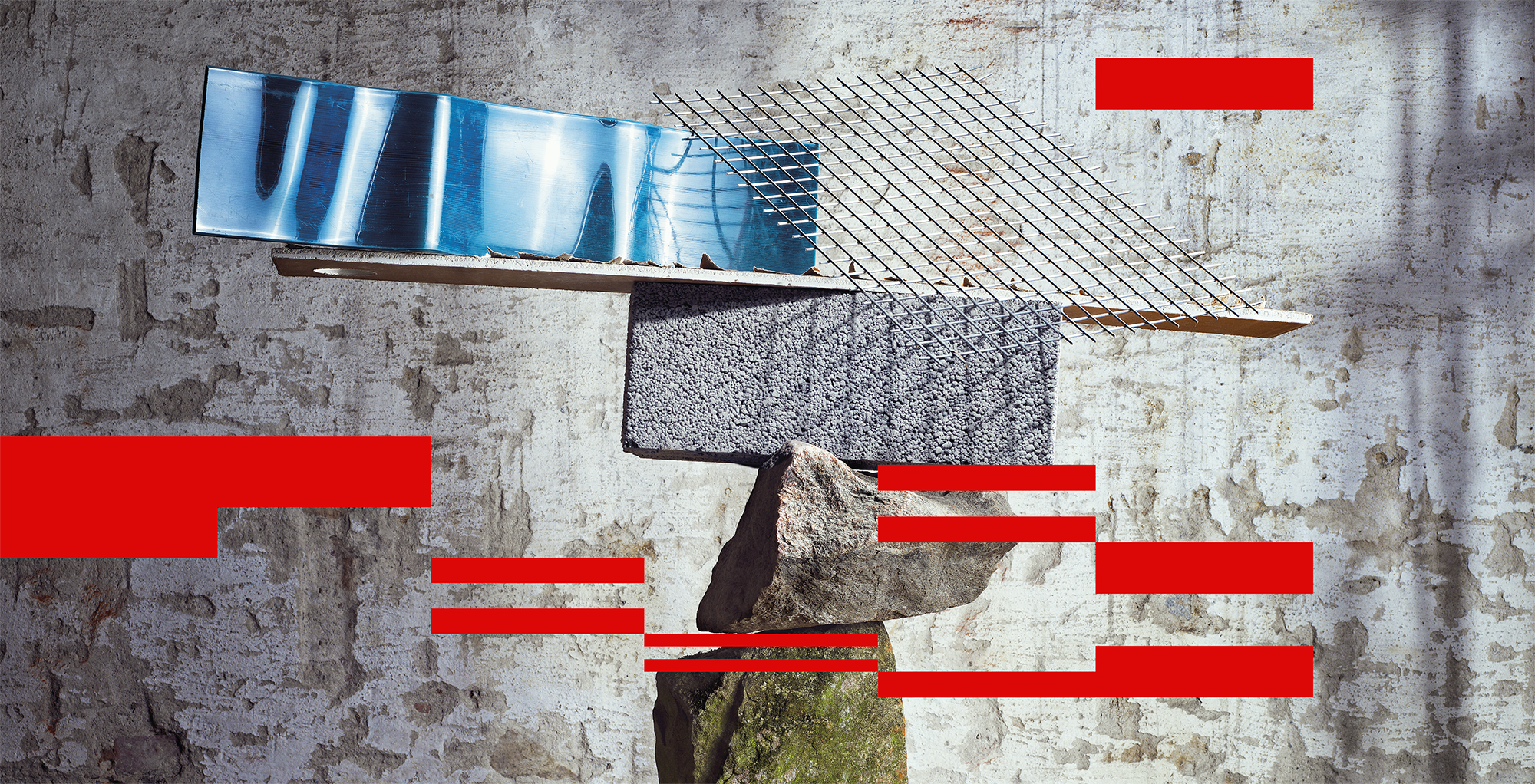Designing for a culture of trust

Commenting on Helsinki Design Week’s theme of 2018, Weekly’s guest writer Antti Pitkänen from Agile Work explains how workplace design and transformation can be used to create and support a culture of trust in organizations. In this era of transformation, in which companies are measured by their ability to self-organize, self-manage and adapt, creating a culture of trust has become a key success factor, he states.
There has been a great deal of discussion about the new role of design as design has reached new frontiers and applications. Design, through it’s participatory and user centred problem solving, provides for a valuable approach to help companies to transform. Design can help organisations to discover insights and induce internal discussion on work culture and the key values that define a company. Design also helps companies to create the appropriate environments and services which will ultimately manifest and shape that culture.
Workplace design, though an established practice, has also evolved as the requirements for workspace and the cultures they support have changed. In addition to being spatially efficient and aesthetically aligned, today’s work environments need to support a variety of changing employee needs and requirements. Instead of designing spaces, we have moved to design experiential platforms, which are flexible and evolve over time.
When developing these experiential platforms, we are faced with possibly hundreds of different types of employee personas and ways of working. To understand and define what kind of organizational and employee requirements should be supported, we must involve the users into the process. The participatory, co-creational and co-design practices help us design solutions that are meaningful and that actually solve challenges that employees, teams and organizations as a whole are facing.
We also need to dive further into the employee experience and the various touch points that they experience during their journey. When defining and designing employee journeys we are required to understand the various social, virtual and physical employee requirements and what the companies offer to fulfill those needs. As a result we start creating a service platform and culture within the organization.
In organizations that are particularly heterogeneous we need to find a way to create a dynamic and multifaceted culture that will support the changing requirements of the organization. Culture is an infinitely more complex matter than let’s say a simple transformation of physical environment. We should look into the factors that constitute and influence that culture: the people and teams within the organization, but also the processes, practices and above all the values and purpose that the work itself gives to the employees.
Once we we start to modify the very core of how companies are organized, we need trust. We are required to convince that the reasons due to which the organization needs to change are valid. We should also build an atmosphere of trust in-between those driving the transformation and those that are the subject of transformation. We need to trust that the future environment and culture that we are building is better than what we had before.
Design helps to envision what the future could be. An employee centered and design driven transformation process will help to develop a culture of trust, an underlying value that will hold the company together. Ultimately companies that invest in developing in their workplaces and employee experience as a part of a holistic organizational culture development programs, will enjoy larger talent pipelines and greater profitability and productivity.
Antti Pitkänen is an experienced design leader, entrepreneur and one of the founders of Agile Work, where he helps to turn employee insights into design strategy as part of larger workplace and culture development programs.